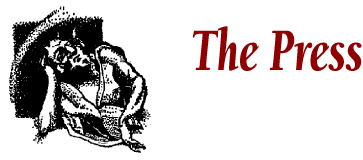
|
|
The 1880-1920 British Authors Series IN 1957, Professor Helmut E. Gerber recognized the need for a journal that would focus attention on late-Victorian and early-twentieth-century British literature. He founded English Literature in Transition, 1880–1920 at Purdue University. ELT Press was founded in 1988 to complement ELT with its 1880-1920 British Authors Series, offering book-length studies on turn-of-the-century British writers. Even today, as scholars and librarians know, publishers more readily print titles that feature the names such as Joyce, Yeats, or Woolf. This has always neglected a host of important British authors regarded as essential to the study of the Transition era and modernism.
All volumes appear as E-books in John Hopkins University Press's MUSE Editions. Book Proposals At this time we are not considering proposals. Authors who have a proposal for the 1880-1920 Series should Email Robert Langenfeld with a summary of the book (no more than 300 words) and attach a sample chapter. If placed into the vetting process with an outside reader(s), please allow three months for a decision. If the Book Is Accepted for Publication It will appear in the 1880-1920 British Authors Series as an Open Access Title, John Hopkins University Press's MUSE Editions. A Limited Print-on-Demand Paperback (75 copies) would sell for $25-$30. (If more copies are warranted, then more can be printed.) There are no royalties. The copyright is legally registered with The Registrar of U.S. Copyrights, Library of Congress, under the ELT Press Copyright ©, to allow us to place the book in Open Access and to manage the print version. The key point for the author: the book will be online at Johns Hopkins's Project MUSE, accessed for free in countries all over the world, and cannot be removed, thus being available in perpetuity. |
